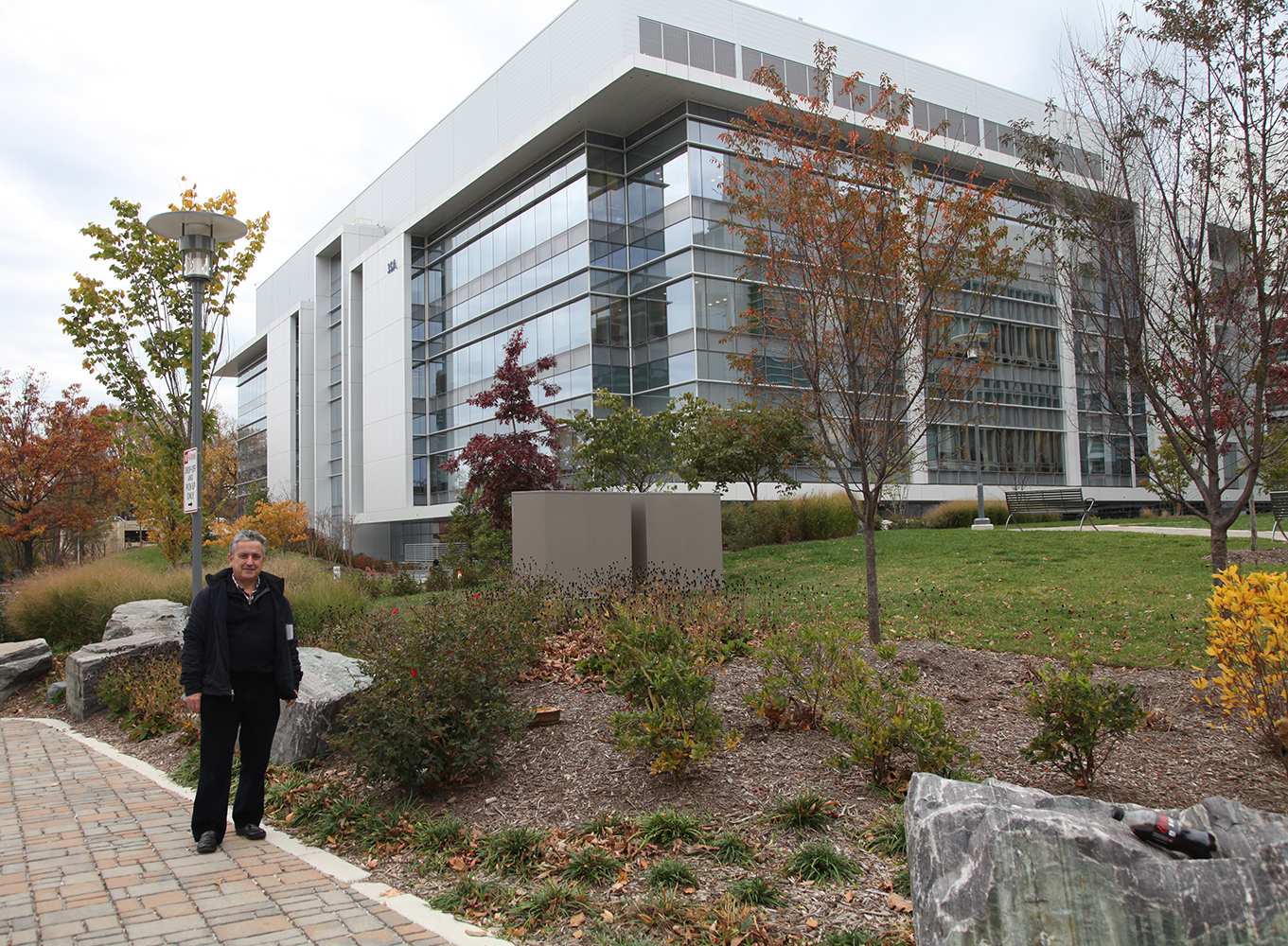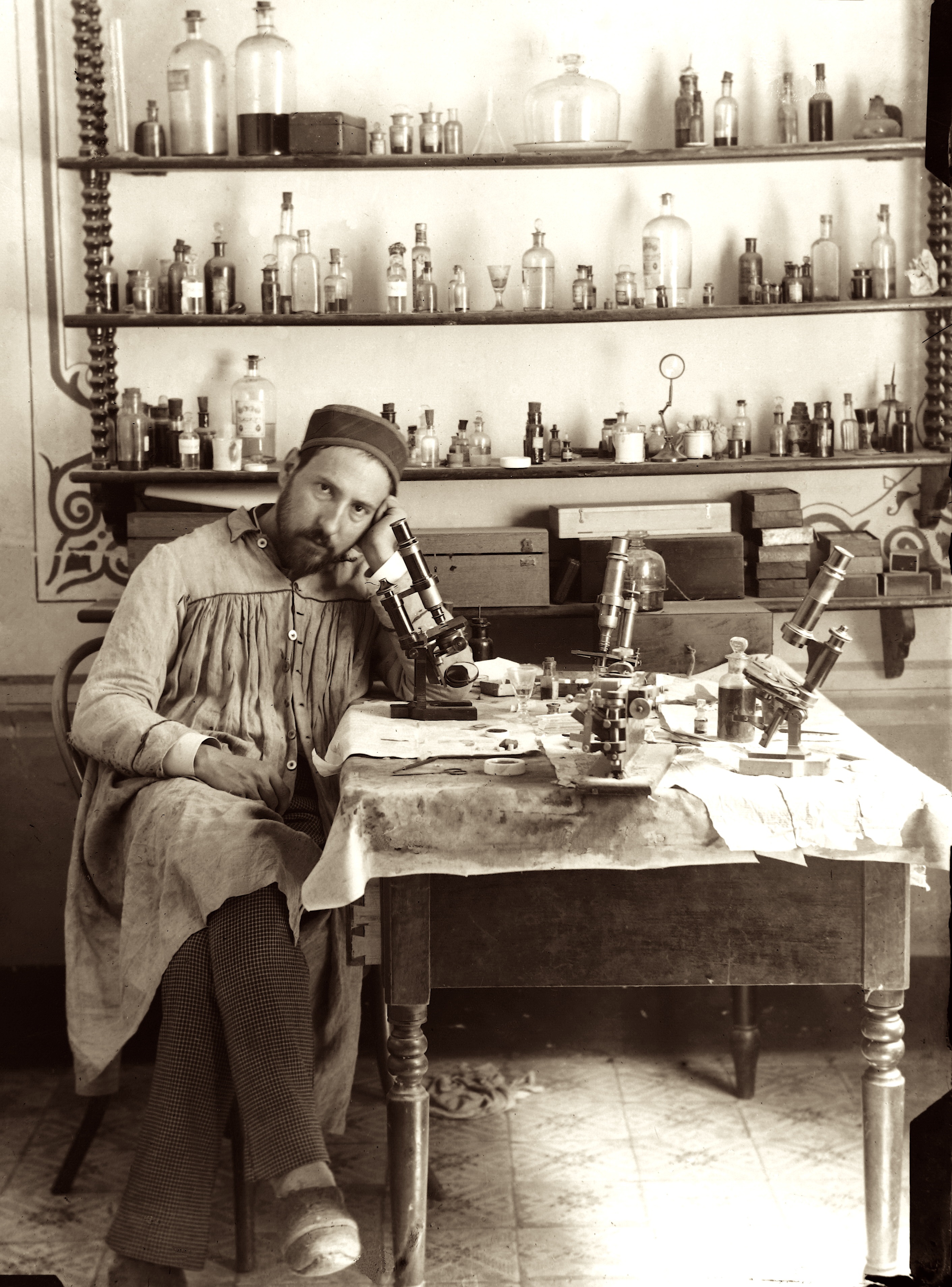...
| Div | ||||||||||
|---|---|---|---|---|---|---|---|---|---|---|
| ||||||||||
|
| Div | ||
|---|---|---|
| ||
Ricardo Martínez Murillo, Ph.D., Director of the Instituto Cajal in Madrid, Spain, is pictured in front of NIH's recently dedicated
neuroscience research center where the exhibition of Ramón y Cajal original drawings is located.
...
| Div | |||||||||||||||
|---|---|---|---|---|---|---|---|---|---|---|---|---|---|---|---|
| |||||||||||||||
|
| Div | ||
|---|---|---|
| ||
| Div | ||||||||||
|---|---|---|---|---|---|---|---|---|---|---|
| ||||||||||
|
| Div | ||
|---|---|---|
| ||
Video
| Widget Connector | ||||||
|---|---|---|---|---|---|---|
|
| Div | ||
|---|---|---|
| ||
4th Installation (current)
...





